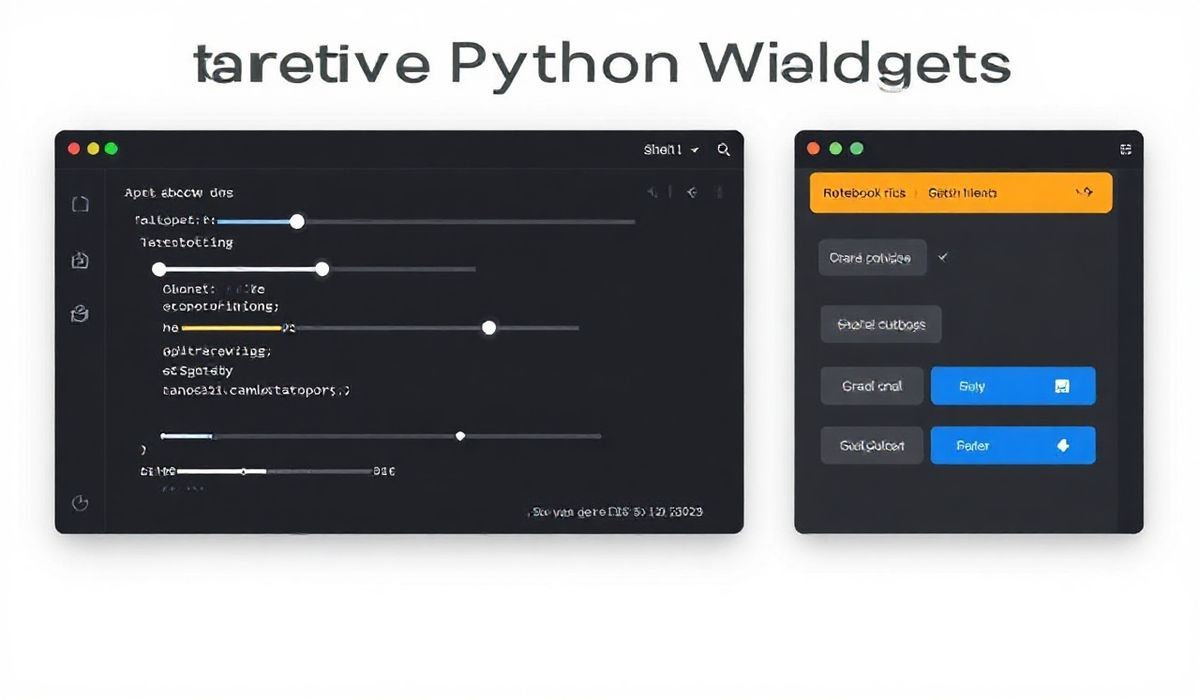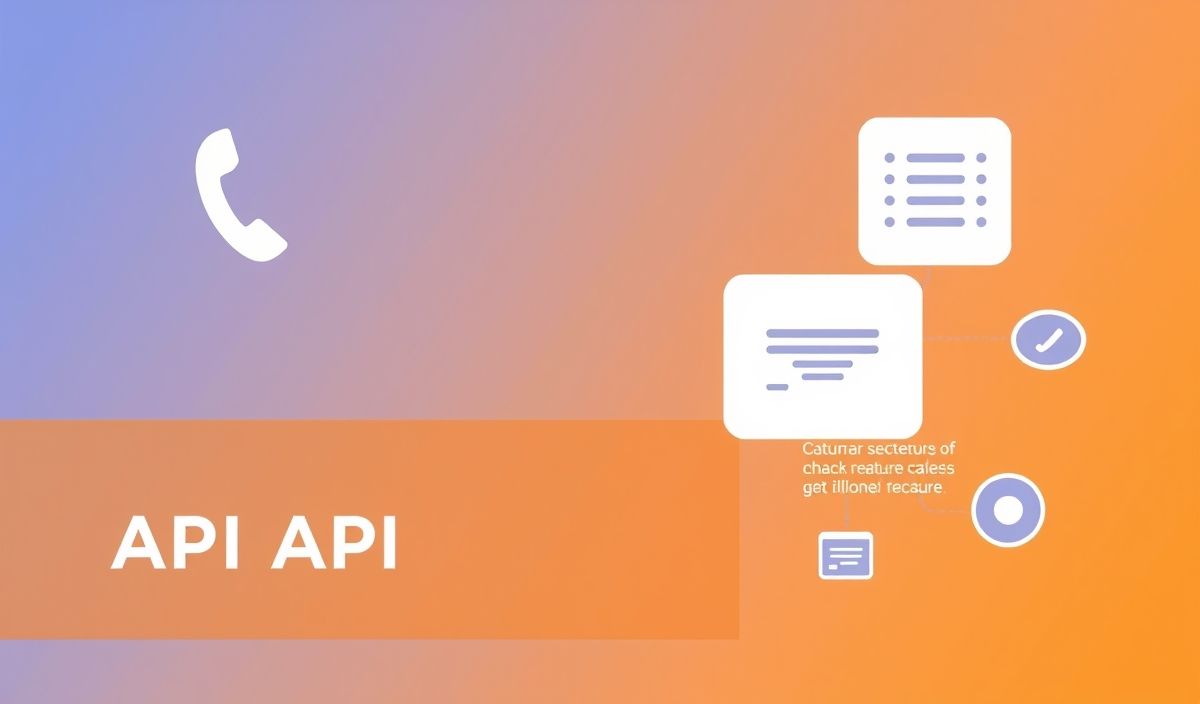Introduction to analytics-collector
Welcome to the comprehensive guide on analytics-collector, your go-to tool for robust data collection and analysis. This guide features dozens of useful API explanations with hands-on code snippets to elevate your expertise. We also provide a full-fledged app example demonstrating the seamless integration of the APIs covered.
APIs and Code Snippets
1. Initialize Collector
Setup the basic collector instance.
import AnalyticsCollector from 'analytics-collector';
const collector = new AnalyticsCollector({
apiKey: 'YOUR_API_KEY',
environment: 'production',
});
collector.initialize();
2. Collect User Event
Track user events such as clicks and form submissions.
collector.trackEvent('UserSignUp', {
username: 'johndoe',
email: 'john.doe@example.com',
});
3. Collect Page View
Track page views to gather insights on user navigation.
collector.trackPageView('/home');
4. Collect Error Logs
Capture and log errors for better debugging.
try {
// Your application logic
} catch (error) {
collector.trackError('ApplicationError', {
errorMessage: error.message,
stack: error.stack,
});
}
5. Collect Custom Metrics
Add custom metrics to the analysis dataset.
collector.trackMetric('ServerResponseTime', {
duration: 150, // in milliseconds
});
6. Collect User Feedback
Record user feedback to improve the application.
collector.trackFeedback('UserFeedback', {
rating: 5,
comments: 'Great user experience!',
});
App Example
Building a Comprehensive Analytics App
In this example, we’ll create a basic app that integrates multiple APIs provided by analytics-collector.
import AnalyticsCollector from 'analytics-collector'; import express from 'express';
const app = express(); const collector = new AnalyticsCollector({
apiKey: 'YOUR_API_KEY',
environment: 'production',
});
collector.initialize();
app.use((req, res, next) => {
collector.trackPageView(req.path);
next();
});
app.post('/sign-up', (req, res) => {
const { username, email } = req.body;
collector.trackEvent('UserSignUp', { username, email });
res.status(200).send('User signed up!');
});
app.use((err, req, res, next) => {
collector.trackError('ApplicationError', {
errorMessage: err.message,
stack: err.stack,
});
res.status(500).send('Internal Server Error');
});
app.listen(3000, () => console.log('Server is running on port 3000'));
By utilizing these APIs, you can build a comprehensive analytics system that keeps track of user interactions, system performance, and user feedback all in one place.
Hash: cefc0fb2dabcdfb9739f78219bfe01934121841b2bc91f5e5cea8e9e5f1cccfa




